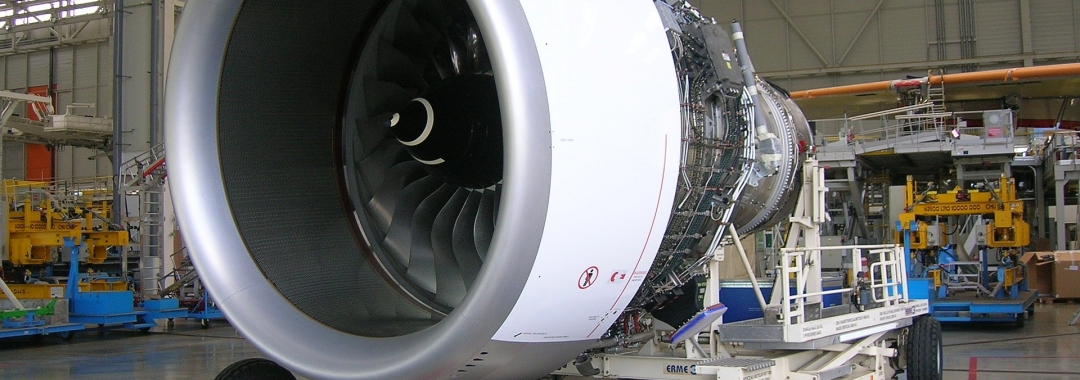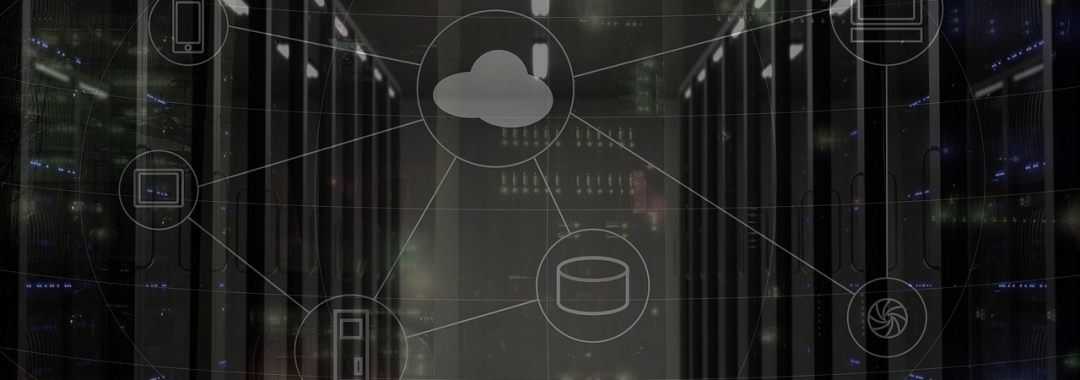When looking at a regional strategy for revalue, a reflection on chronological development maybe helpful.
Starting with this question: What’s the difference between a pioneer or a follower, when looking at development strategies for ‘revalue’?
Firstly, this question needs to be broken into (A) the micro-economic view - the view of the firm and its’ value chain, and (B) the macro-economic view - the view of the region, including its’ soft and hard infrastructure and institutions.
A) Looking at a pioneer company, economical historian David S. Landes (2003), suggests that a pioneer company carries the highest economic burden, in two ways:
“…a pioneer in any field incurs additional expense owing to ignorance and inexperience; and in theory those who follow may profit by his mistakes.” [1]

This is also known as the ‘economics of backwardness’, and focuses on the costs of breaking the new path. However, Landes follows with an important tranquilliser for the followers:
“Yet this assumes on the part of the imitators a wisdom that historical experience belies. If the pioneer often sins on the side of excessive modesty, the follower often suffers from excessive ambition; if the one does not quite know where he is going, the other knows too well and undoes himself by his eagerness. There is such a thing… as machines that are too big, engines too powerful, plants that are too capital-intensive.” [1]
Landes, however, goes on to suggest that this reason for the higher economic burden carried by the pioneer is over-cited, and is a lesser factor when compared to the second, which is the adjustments to subsequent changes - known as ‘related costs.’
“…the burdens imposed by interrelatedness, that is, the technical linkage between the component parts of the industrial plant of an enterprise or economy.” [1]
No machine in a factory rests in a vacuum: “…the engine, the machine it drives, and the means by which it transmits power are all built to fit.” [1]
And so, it is rare that the upgrading, removal or addition for example, of machines or processes can be considered in isolation. Changes to machines can also often be influenced (or obliged) by outside actors (i.e., clients, supply chain partners, regulators).
This issue of interrelatedness goes beyond the walls of the factory, and this is even more true when talking about process changes along value chains. An example was Britain in the mid-to-late nineteenth century, who's pioneering steel factories were hemmed into cities that were not designed for them. Integrating backwards, which often requires more space, was not an option, and this prevented many innovations that proceeded from ‘follower’ countries, that had the advantage of foresight to develop in areas with more space.
“The very sight of the spacious arrangements of the Homestead plant in the United States made Windsor Richard wish he ‘could pull down the whole works at Bolckow’s and start afresh.'” [1]
And so, taking in mind that the development gap between the pioneer and the follow must not be too large, then at the micro-economic level the advantage may lie with the latecomer.






